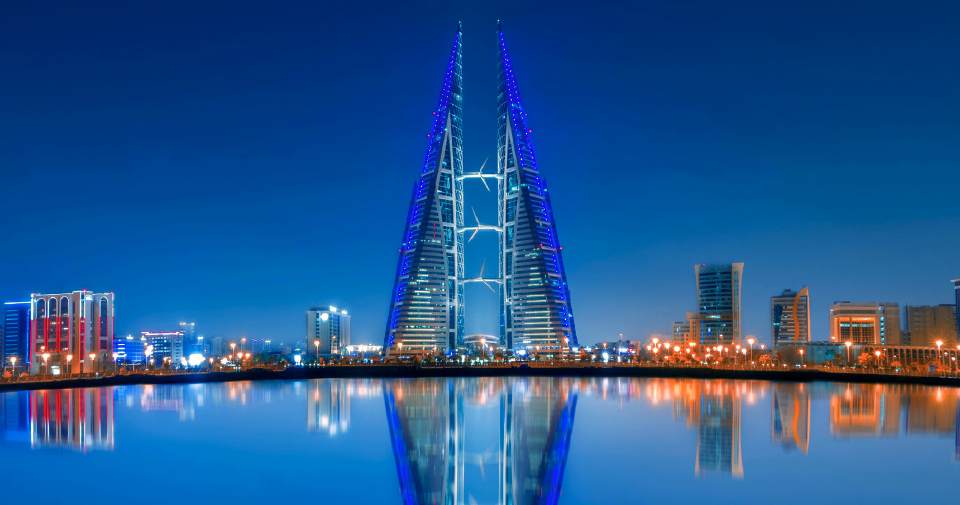In a furniture store outside Irkutsk in eastern Siberia, an anarchist in jackboots and a Che Guevara hat is showing Euromoney a bitcoin mining rig hooked up to a bathroom boiler and expressing a hope that it might one day be used to evaporate human waste.
That is not the strangest scene in this article and certainly not the craziest idea – in fact it’s a very good one. But it is illustrative of some of the unusual directions taken by the young, entrepreneurial industry of bitcoin mining.
Access intelligence that drives action
To unlock this research, enter your email to log in or enquire about access




